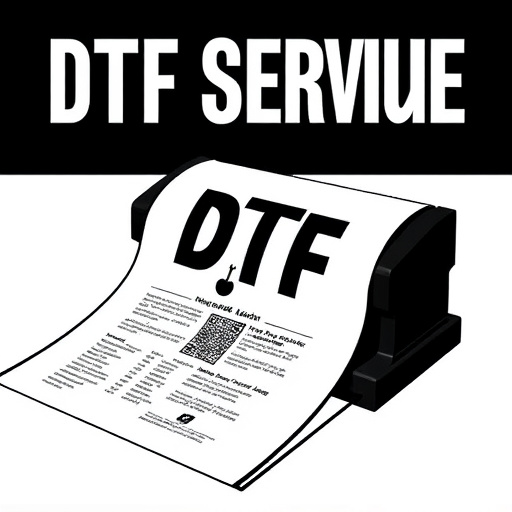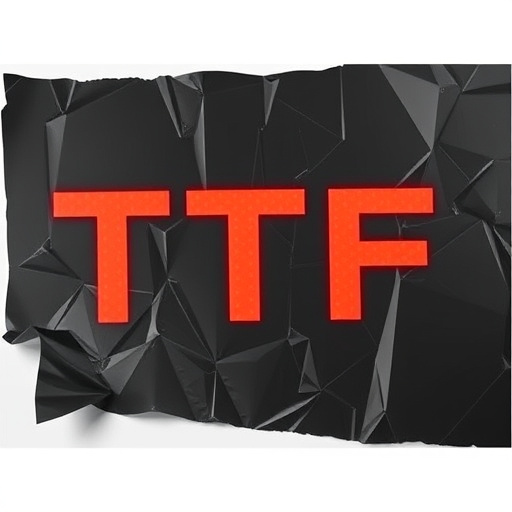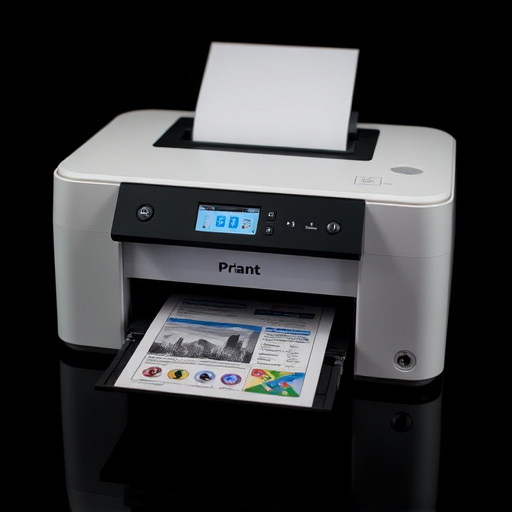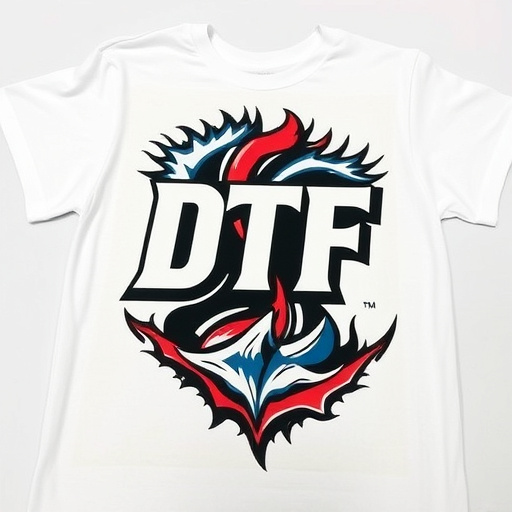The DTF Transfer Film Roll is a crucial tool for high-quality printing, offering vibrant designs on various materials. Preparation involves cleaning and setting your printer, while loading requires a clean workspace, careful unrolling, and specific positioning with the print side down. Custom settings in some printers ensure accurate cutting. Correct loading maintains print quality, preserves printer longevity, and yields durable results with vivid colors and crisp details from DTF design transfers.
Loading a DTF transfer film roll into your printer correctly is essential for high-quality prints. This guide covers everything you need to know, from understanding the DTF transfer film roll and its components to preparing your printer and securely loading the film. Follow our step-by-step process to ensure optimal results and avoid common loading mistakes.
- Understanding DTF Transfer Film Roll and its Components
- Preparing Your Printer for Loading the Film Roll
- Step-by-Step Guide to Securely Loading the DTF Film Roll
Understanding DTF Transfer Film Roll and its Components

The DTF Transfer Film Roll is a crucial component in the world of dtf transfer printing, enabling users to achieve vibrant designs and durable prints on various materials. Comprising several key elements, each plays a vital role in ensuring precise and high-quality results during the printing process. At its core, the film roll includes a thin, flexible base material coated with a special heat-sensitive ink. This ink is what allows for the intricate transfer of designs onto fabrics, plastics, and other surfaces when heated.
Additionally, the DTF Transfer Film Roll often features precise cut lines and registration marks, guiding users in accurately aligning the film during loading into the printer. These components work in harmony to provide a seamless printing experience, ensuring that every detail of your design is accurately transferred, resulting in vibrant and long-lasting prints.
Preparing Your Printer for Loading the Film Roll

Before loading your DTF Transfer Film Roll, ensure your printer is prepared to handle this specialized material. Check that the printing area is clean and free from any debris or previous print residue. Verify the presence of sufficient ink or toner, as a clean print requires optimal color accuracy. Adjust your printer settings to accommodate the specific requirements of DTF garment printing, including resolution and color profile adjustments if necessary.
For seamless loading, consider the DTF transfer by size that corresponds to your printer’s feed mechanism. Ensure the film roll is unwound properly and aligned correctly within the printer’s path. Some printers may offer custom settings for loading unique media types like DTF film rolls, allowing you to upload your own gang sheet for precise cutting and positioning. This step ensures accurate and consistent printing results.
Step-by-Step Guide to Securely Loading the DTF Film Roll

Loading a DTF (Direct-To-Film) transfer film roll correctly is essential for achieving high-quality prints and ensuring your printer’s longevity. Here’s a step-by-step guide to help you navigate this process seamlessly. Start by preparing your workspace, clearing any debris or loose items. Unroll the DTF film roll gently on a clean, flat surface, checking for any signs of damage or kinks. Ensure the film is positioned correctly, with the print side facing down and the transparent backing facing up.
Next, open your printer and locate the feed mechanism. Carefully insert the unrolled film, ensuring it aligns perfectly with the guide rails or designated slots. Secure the film in place by engaging the locking mechanism, which may involve tightening screws or snapping locks into place. Double-check that the DTF transfer film roll is firmly held and won’t shift during printing. With your film roll securely loaded, you’re ready to create durable prints using your dtf design transfers, showcasing vibrant colors and crisp details.
Loading a DTF Transfer Film Roll into your printer correctly is a straightforward process, but it requires attention to detail. By understanding the components of the DTF roll and preparing your printer accordingly, you can ensure precise and consistent printing results. Following the step-by-step guide provided will enable you to securely load the film, positioning it correctly for optimal transfer quality. Now, with this knowledge, you’re ready to embark on seamless DTF printing adventures!














